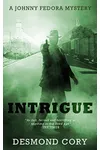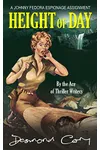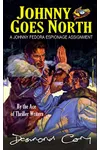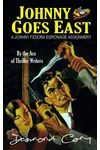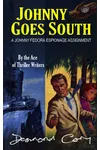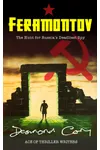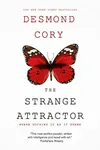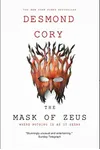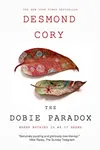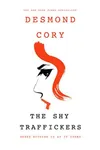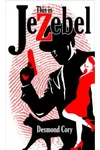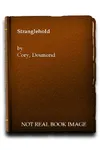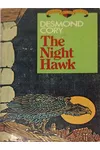Picture a British storyteller who spun tales of espionage before James Bond ever sipped a martini—meet Desmond Cory! Born Shaun Lloyd McCarthy, this prolific thriller writer crafted over 45 novels, introducing the world to Johnny Fedora, the original 'licensed to kill' secret agent. With a knack for intricate plots and vivid characters, Cory’s work thrilled readers and left a lasting mark on the spy genre.
From his debut in 1951 to his final works in the 1990s, Cory’s stories blended high-stakes action with intellectual depth, earning praise for outshining even 007. Let’s dive into the life and legacy of this unsung hero of British thrillers.
The Making of Desmond Cory
Born on February 16, 1928, in Lancing, Sussex, Shaun Lloyd McCarthy grew up with a passion for storytelling. After serving as a British Commando, he studied literature and worked as a technical translator in Spain, where his love for adventure took root. Adopting the pen name Desmond Cory, he launched his writing career in 1951 with Secret Ministry, the first Johnny Fedora novel, blending his wartime experiences with a flair for international intrigue.
Cory’s academic career was equally impressive. He taught English literature at the University of Cardiff and later in Arabic-speaking countries, retiring to Málaga in 1996. His worldly experiences shaped his novels’ exotic settings and sharp wit, making him a standout in the post-war thriller scene.
Desmond Cory’s Unforgettable Stories
Cory’s signature creation, Johnny Fedora, debuted in Secret Ministry (1951), a fast-paced tale of a half-Spanish, half-Irish agent hunting Nazi remnants in London. Praised for its “finesse, economy, and humor” by The New York Times Book Review, the novel set the tone for the 16-book Fedora series. Fedora, dubbed “the thinking man’s James Bond,” combined lethal skills with intellectual cunning, predating Ian Fleming’s 007 by two years.
Other standout works include This Traitor Death (1952), where Fedora faces a cunning Nazi spy known as The Nightingale, and Deadfall (1965), adapted into a 1968 film starring Michael Caine. Cory’s Feramontov (1966) earned raves for its “colorful action, copious carnage, and elaborate intrigue,” outshining Fleming’s Octopussy in a 1966 New York Times review. His style—marked by vivid settings, twisty plots, and sharp dialogue—made his novels gripping and re-readable.
Beyond Fedora, Cory wrote the Lindy Grey detective series and the Dobie Trilogy (1991–1993), showcasing his versatility. His screenplays, including for Graham Greene’s England Made Me, and BBC radio serials further cemented his storytelling prowess.
Why Desmond Cory Matters
Desmond Cory’s influence on the spy thriller genre is undeniable. By creating Johnny Fedora, he pioneered the “licensed to kill” archetype, paving the way for Bond and beyond. His intellectual approach, blending gritty action with psychological depth, earned him a cult following and academic recognition in works like British Mystery and Thriller Writers Since 1940. Critics like Anthony Boucher hailed Fedora as “more persuasive” than Bond, a testament to Cory’s craft.
Though overshadowed by Fleming’s global fame, Cory’s legacy endures through eBook reissues and dedicated fans. His ability to craft thrilling, intelligent stories without modern gadgets remains a masterclass in espionage fiction. Cory passed away in 2001, but his work continues to captivate readers seeking classic spy thrills.
- Born: February 16, 1928, Lancing, Sussex
- Died: January 31, 2001, Marbella, Spain
- Key Works: Secret Ministry, This Traitor Death, Deadfall, Feramontov
- Awards: Sunday Times Best Crime Novel of the Year
Ready to uncover a thriller legend? Snag Secret Ministry and dive into Desmond Cory’s world of espionage, wit, and intrigue!



